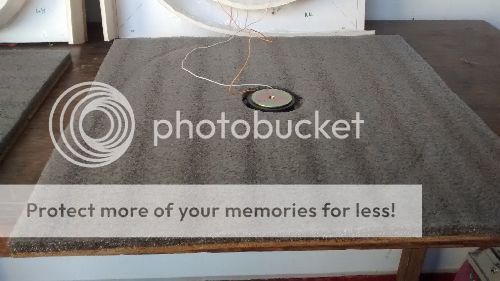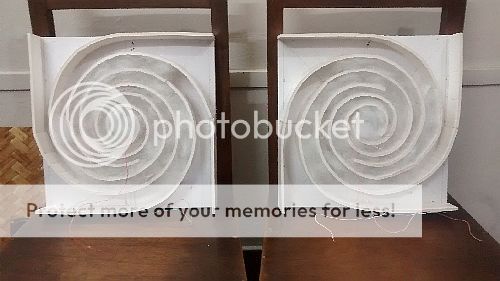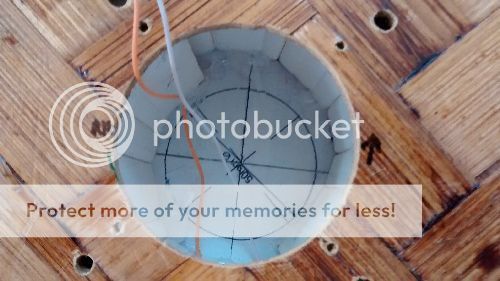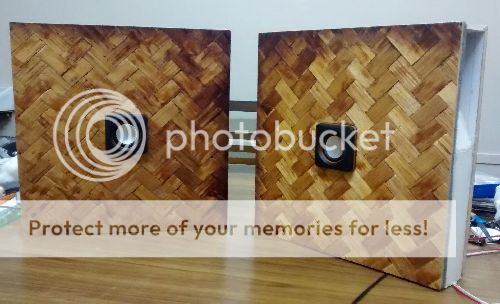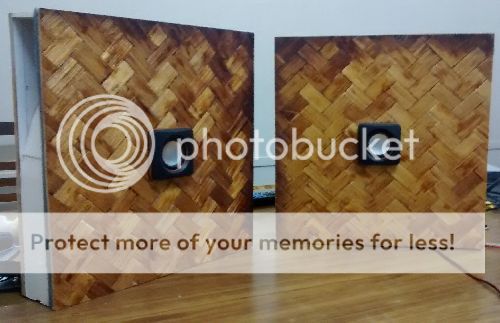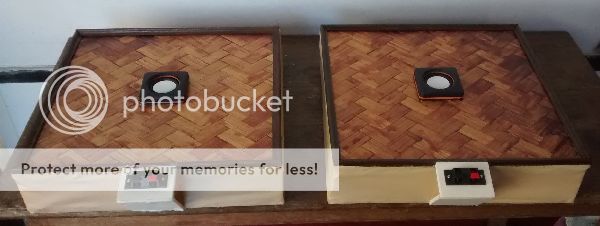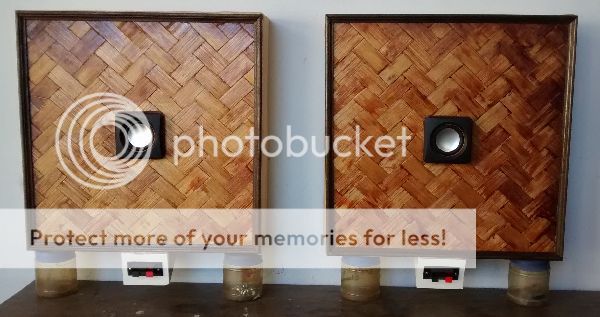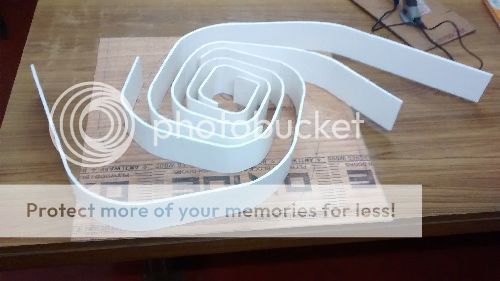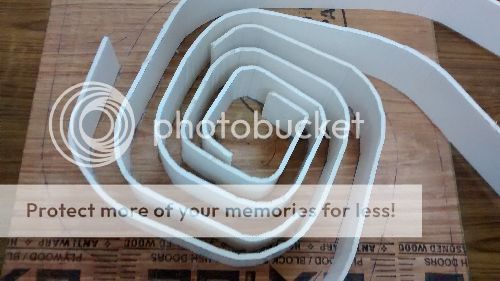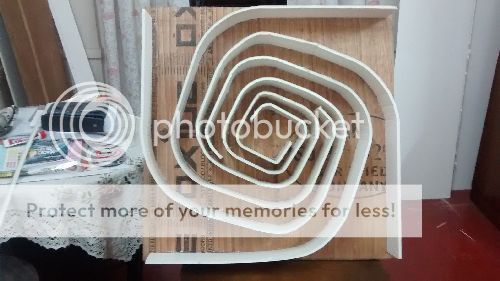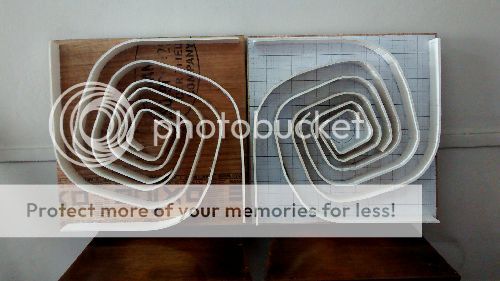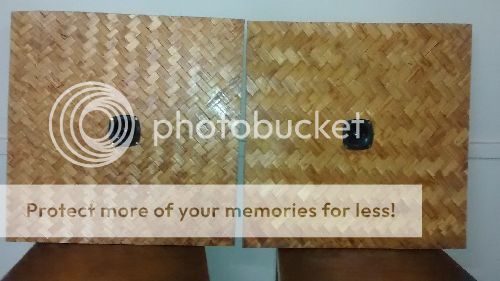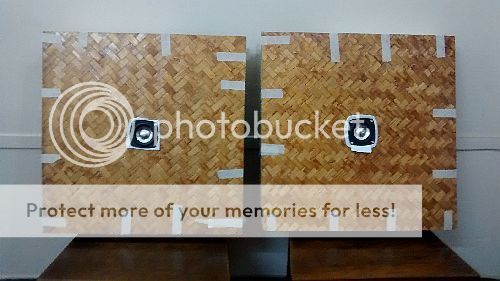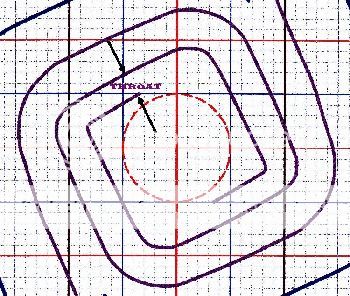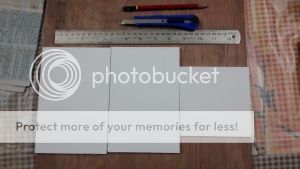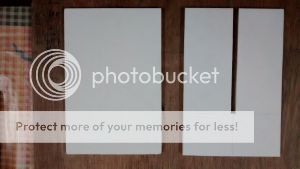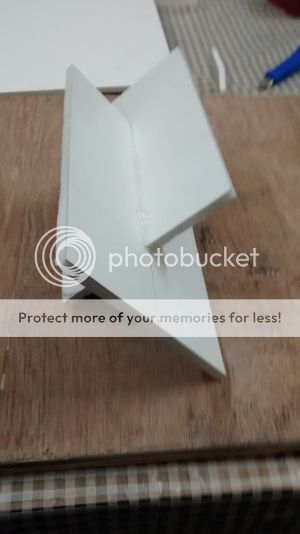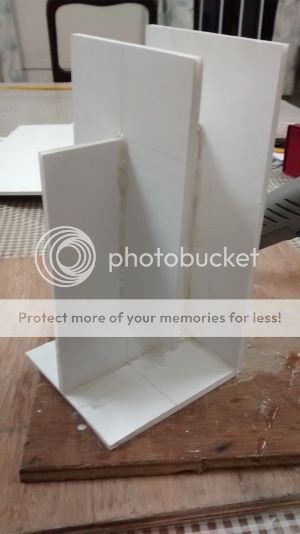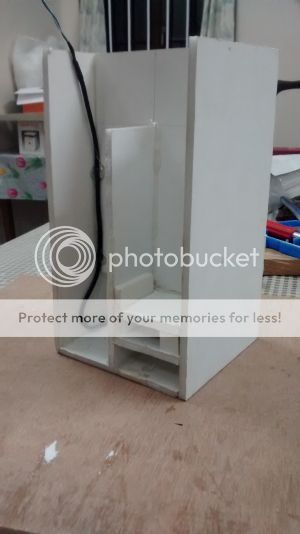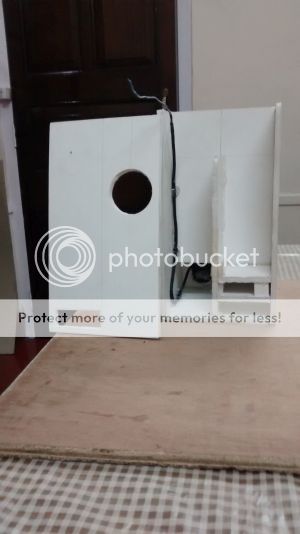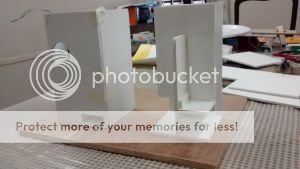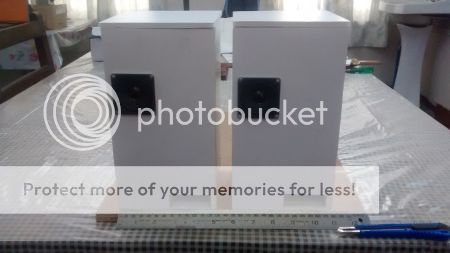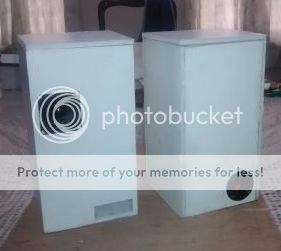musiklava79
Active Member
Every newcomer who wants to own a good music set up at home faces a dilemma at some stage. What kind of music system should he own? What should he buy? If he has budget constraints then the decision becomes all the more critical. Again, branded or DIY?
Let's assume that he's decided on his music source and amplifier. That leaves the speakers. Once again, branded or DIY? The options are manifold and the selections are huge. Its all very confusing!
Suppose the person opts to take the DIY route then which driver(s)? What type of enclosure? What enclosure materials? Will he find a carpenter to make the enclosure for him? Doing the entire build by oneself has limited scope given the space constraints in urban living.
Building speaker enclosures out of Foam Core board offers a way out. Its light weight, cheap (if available locally) and does not involve the attendant problems like saw-dust and huge investment and availability of tools with the DIYer. What's important is that its entirely a self-involved project requiring just a minimum investment in tools. These are the basic requirements for making Foam Core board speaker enclosures
Foam Core Board, usually 5 mm thick
A good hobby knife
A cutting mat of appropriate size or a smooth board
A ruler
A straight edge (if available)
A glue gun and glue sticks
PVA glue like Fevicol SR or Fevicol MR
These speaker enclosures give one a good idea of the type of speaker that he intends to build and also the driver(s) performance in them.
Whats more it gives one the full bragging rights to say that he built the speakers all by himself from scratch!!
There are many projects that have been showcased in diyaudio where one can select and try out the various types of enclosures. All plans and building methods have been posted in detail so you wont have any problems.
Do give it a shot once. You wont regret it.
Let's assume that he's decided on his music source and amplifier. That leaves the speakers. Once again, branded or DIY? The options are manifold and the selections are huge. Its all very confusing!
Suppose the person opts to take the DIY route then which driver(s)? What type of enclosure? What enclosure materials? Will he find a carpenter to make the enclosure for him? Doing the entire build by oneself has limited scope given the space constraints in urban living.
Building speaker enclosures out of Foam Core board offers a way out. Its light weight, cheap (if available locally) and does not involve the attendant problems like saw-dust and huge investment and availability of tools with the DIYer. What's important is that its entirely a self-involved project requiring just a minimum investment in tools. These are the basic requirements for making Foam Core board speaker enclosures
Foam Core Board, usually 5 mm thick
A good hobby knife
A cutting mat of appropriate size or a smooth board
A ruler
A straight edge (if available)
A glue gun and glue sticks
PVA glue like Fevicol SR or Fevicol MR
These speaker enclosures give one a good idea of the type of speaker that he intends to build and also the driver(s) performance in them.
Whats more it gives one the full bragging rights to say that he built the speakers all by himself from scratch!!
There are many projects that have been showcased in diyaudio where one can select and try out the various types of enclosures. All plans and building methods have been posted in detail so you wont have any problems.
Do give it a shot once. You wont regret it.


